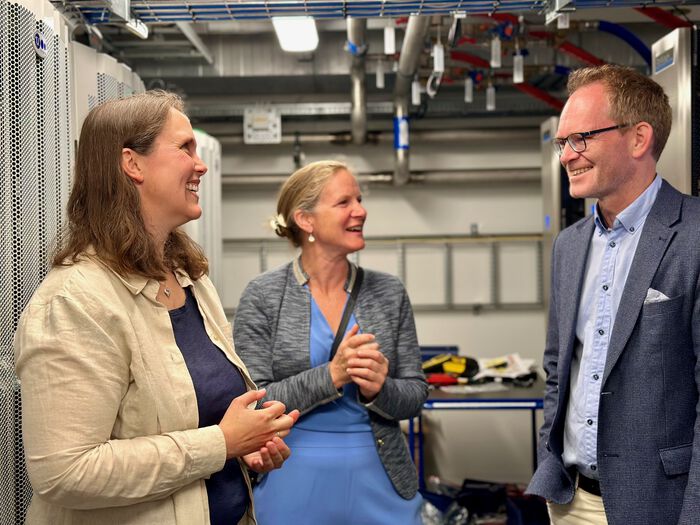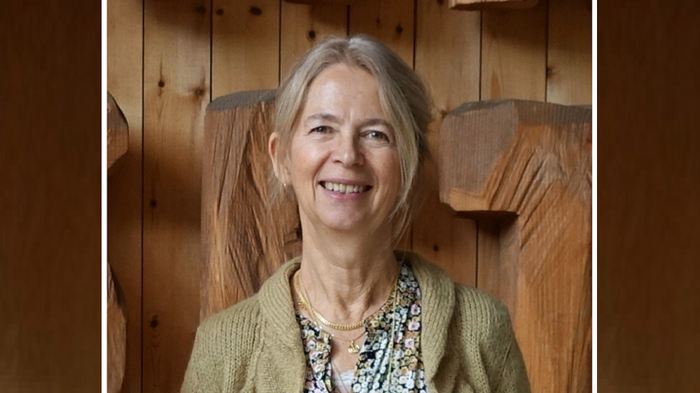It started as an experiment in 2002, gained political approval in 2009, and today it is Tanzania’s national system for collecting, managing, analyzing and visualizing health data. How is it all organized and run?
This blogpost in Norwegian
Systematization of health data
We are talking about the health information system DHIS2, developed at the Department of Informatics at UiO. You can read more about this system, which is now implemented in more than 60 countries throughout the world, here at Titan.uio.no (English version will come). The reason I recently visited Tanzania is that this country has come a long way in implementing and using DHIS2.
Project and system owner
The project and the system in Tanzania are owned by the Health Ministry. The system is cloud based with a so-called mirror version running on the ministry’s servers. This doubling of the system is implemented partially because of security and partially to ensure robust backup routines.
Research, development and support
The University of Dar es Salaam (UDSM), through a group of 14 researchers and software engineers, runs the development and support on the DHIS2 implementation in Tanzania. The user support is given to all health levels in Tanzania. I will get back to these levels further down.
The development in Tanzania is conducted in close collaboration with researchers and developers at UiO in Oslo, and there are several modules in today’s DHIS2 version that are made by the team in Tanzania. PhD-candidates at UiO are also working with the development team at USDM. This is called action research and includes field work in Tanzania and neighbouring countries. One of these PhD-students is Wilfred Senyoni, of whom I have earlier written in this blog (unfortunately only in Norwegian).
Regions, districts and health facilities
Tanzania is divided into 26 regions, which in turn are divided into districts. There is a total of 167 districts in these 26 regions, of which 5 districts are placed in the region called Dar es Salaam. I visited one of these districts, called Temeke, that covers the rural area south of Dar es Salaam. All the hospitals and health clinics in all districts all over Tanzania report their data to DHIS2.
Approximately 48 million people live on the Tanzania mainland. The islands outside, like Zanzibar, belong to Tanzania, but they have their own health ministry and their own systems. DHIS2 is also implemented on these islands, but it’s organized in a slightly different way than on the mainland. This shows some of the flexibility of DHIS2. The system can be configured in different ways.
Data collection
From the hospitals and health clinics, weekly reports are sent from cell phones to the cloud based version of DHIS2. The day I visited one of the health clinics in the Temeke district, six persons were tested for malaria. One got a positive result, which means he had malaria. This was reported to the district office and further to the region and Health Ministry through DHIS2.
When there are outbreaks of more dangerous epidemic diseases, like cholera, the registration is immediately sent to the districts, where actions are taken and coordinated with the regions and the Health Ministry. Note that all levels get the data at the same time when they are registered.
The health clinics and hospitals also send monthly reports, for the moment on paper, to the districts, so that all medical treatments (including births) are registered.
In the Health Ministry on our last day
Our last stop on this trip to Tanzania was the Health Ministry. The representatives from the Health Ministry told me that DHIS2 is an amazingly well structured system, has good and important functionality for analysis and visualization of health data, and is an effective system giving quick and precise information for decision makers on all levels. On behalf of the University of Oslo and our researchers and developers at the Department of Informatics, these words made me very proud. One thought that struck me is if this is something for Norway?
Of course we also discussed some challenges, of which one is education and training of more experts and users. We know this challenge well, and one way to handle it, is by developing and extending the DHIS2 Academies. Another challenge that was mentioned was treatment and use of the growing amount of data. At UiO this is taken care of by connecting the development of DHIS2 to the work being conducted in the SIRIUS-center working on scalable access to big data.
About wanting and being able
Thank you to everyone I met in Tanzania (I will mention no-one so no-one is forgotten) for an instructive stay, a lot of great experiences, and – last, but not least – your hospitality.
The title of his blog post is «stolen». I got it from a good friend, and at this moment in time I do not know where it comes from. But, I feel the title fits well with the development around DHIS2 in Tanzania. I have met people who for many years have had the will to want. After 15-20 years with hard work, the system is up and running and continuously improved. And even more important, the will to want more is expressed load and clear. I am 100 % sure that a lot of new and interesting things will happen in the years to come. I am impressed!
I would also like to thank the DHIS2 team at the Department of Informatics and its leader Kristin Braa, who strongly contributed to this becoming one of the best and most informative journeys for me as a leader at UiO.
Keep an eye out for more articles from this amazing trip on Titan.uio.no!




